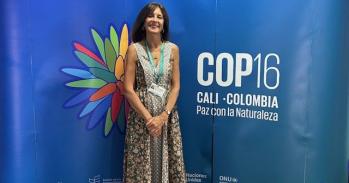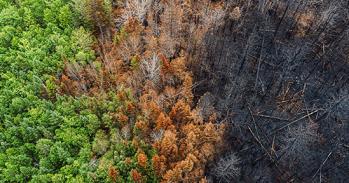In this video Dr Beverley Glover explains how a daisy is a collection of tiny flowers grouped together to make it look like a single big flower.
In this video Dr Beverley Glover explains how a daisy is a collection of tiny flowers grouped together to make it look like a single big flower.
Under the Microscope is a collection of videos that show glimpses of the natural and man-made world in stunning close-up. They will be released every Monday and Thursday for the next couple of months and you can see them here: www.io9.com/underthemicroscope
Dr Glover:
"The flowering plants (Angiosperms) form the dominant vegetation over most of the Earth's land surface. They are found in all habitats except the Antarctic, and can tolerate an extraordinarily wide range of environmental conditions. All major human food crops are Angiosperms. We are interested in the evolution and development of the flower, one of the defining features of Angiosperms. The evolution of flowers changed the way in which plants reproduced, allowing them to use animals to carry their pollen around. Our research is particularly focused on understanding how the features that make flowers attractive to insects evolved, and what the genetic control of their development is. We hope to be able to use this knowledge to improve pollination and yield of important crop plants and to help protect the great diversity of flowers and insect pollinators in the wild.
This image of a developing daisy flower head is part of our work on understanding different ways of attracting pollinators. All the plants in the daisy family use the same trick - by clustering together many tiny flowers they produce a structure that looks just like a single big flower. The daisies that grow in our lawns contain two different types of flowers -- central radially symmetrical yellow ones, and an outer ring of bilaterally symmetrical white ones with a massively elongated petal structure. In this Scanning Electron Micrograph you can see the central yellow flowers at a very early stage of development, with the petals still folded over the centre of each little flower."
Each of the round structures that will go on to be an individual flower is about 200 micrometres in diameter, or 1/5 of a millimetre. The whole image is about 1mm across.
Related links
This work is licensed under a Creative Commons Licence. If you use this content on your site please link back to this page.





